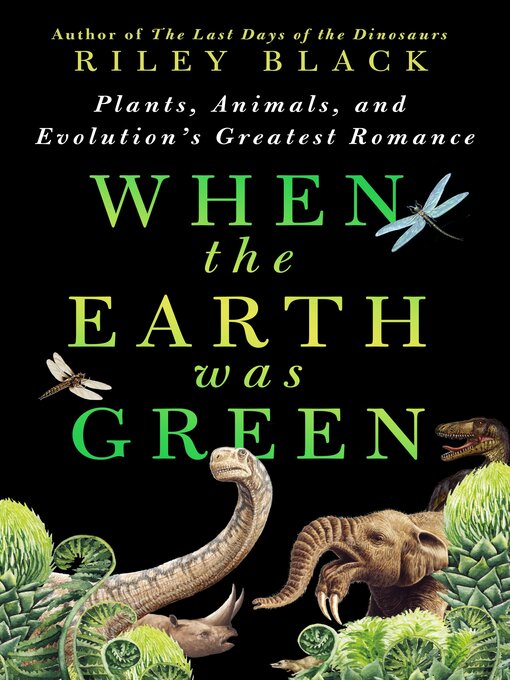NOW A USA TODAY BESTSELLER!
Winner, A Friend of Darwin Award, 2024
A gorgeously composed look at the longstanding relationship between prehistoric plants and life on Earth
Fossils plants allow us to touch the lost worlds from billions of years of evolutionary backstory. Each petrified leaf and root show us that dinosaurs, saber-toothed cats, and even humans would not exist without the evolutionary efforts of their leafy counterparts. It has been the constant growth of plants that have allowed so many of our favorite, fascinating prehistoric creatures to evolve, oxygenating the atmosphere, coaxing animals onto land, and forming the forests that shaped our ancestors' anatomy. It is impossible to understand our history without them. Or, our future.
Using the same scientifically-informed narrative technique that readers loved in the award-winning The Last Days of the Dinosaurs, in When the Earth Was Green, Riley Black brings readers back in time to prehistoric seas, swamps, forests, and savannas where critical moments in plant evolution unfolded. Each chapter stars plants and animals alike, underscoring how the interactions between species have helped shape the world we call home. As the chapters move upwards in time, Black guides readers along the burgeoning trunk of the Tree of Life, stopping to appreciate branches of an evolutionary story that links the world we know with one we can only just perceive now through the silent stone, from ancient roots to the present.
- Available now
- New eBook additions
- New kids and teen additions
- Most popular
- Try something different
- See all ebooks collections
- New audiobook additions
- Available now
- New kids and teen additions
- Most popular
- Try something different
- See all audiobooks collections
- Popular Magazines
- Just Added
- Food & Wine
- Fashion
- Health & Fitness
- Home & Garden
- News & Politics
- See all magazines collections


